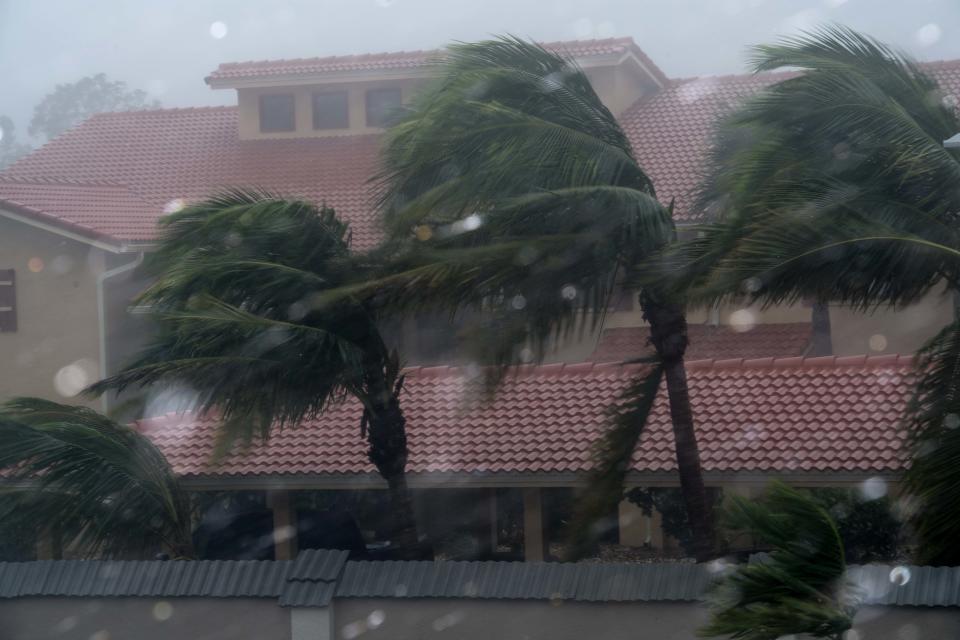Climate gentrification: How extreme weather is displacing low-income residents from their communities
Sea levels are rising at an alarming rate — and for Miami-Dade County, situated between 4 and 6 feet above sea level and with a population of over 2.7 million people, that means a lot of real estate at risk to rising waters and extreme weather.
Miami has the largest amount of exposed assets and the fourth-largest population vulnerable to sea-level rise in the world. Often called ground zero for climate change, Miami-Dade has more people living less than 4 feet above sea level than any U.S. state, except Louisiana.
Rising seas are threatening multi-million dollar properties in communities up and down the coast of South Florida. But it’s not only luxury homes at risk. As more and more people are searching for higher ground, lower-income, inland communities are being forced out.
“People are now looking at developing inland, where it’s safer, where it’s a little bit higher altitude. And so that could create gentrification pressures inside. We’re starting to see that,” Miami Mayor Francis Suarez said in an interview with Yahoo Finance.
In the case of Miami, rising sea levels have real estate developers eyeing inland communities like Little Havana, Little Haiti and Liberty City, which are landlocked and at higher elevations. For generations, these communities have been home to people of color, who are now finding themselves priced out of their homes.
‘It’s the gentrification of high-elevation, low-income areas’
“Coincidentally, these happen to be the places that are experiencing the greatest amount of gentrification and they also happen to be Miami’s lowest income communities. That basically is what climate gentrification is. It’s the gentrification of high elevation, low income areas,” said Adrian Madriz, a community activist with SMASH (Struggle for Miami’s Affordable and Sustainable Housing.)

And it isn’t just happening in coastal areas. With so-called “once-in a lifetime” weather events occurring more frequently, hurricanes, heatwaves, wildfires and flooding have forced people to reconsider taking up residence in areas exposed to extreme weather.
In a 2018 interview with The Guardian, Coral Evans, mayor of Flagstaff, Arizona, noted a 25% uptick in second-home owners buying up real estate in the region, which is located in a cooler, mountainous area, 144 miles north of Phoenix. The mayor described those fleeing the heat as “climate refugees” and lamented the squeeze put on low-income people who’ve seen their cost of living and real estate prices escalate.
“We don’t talk much about what climate change means for social justice. But where are low-income people going to live? How can they afford to stay in this city?” she said.
As climate change reshapes communities around the world Madriz reflects on current migration trends calling it the “irony of ironies” as people move away from waterfront properties in search of safer investments.
Yvette Killian is a producer for Yahoo Finance’s On The Move.
READ MORE:
Richard Branson: Virgin Galactic could send 'hundreds of thousands' of people into space
The coronavirus cruise ship problem: 'Every lost voyage' could cost $4 million in revenue
Her grandfather's recipe is the 'secret sauce' to this booming small business
'A risk for the future': How warming oceans are disrupting America's seafood supply
Read the latest financial and business news from Yahoo Finance
Follow Yahoo Finance on Twitter, Facebook, Instagram, Flipboard, SmartNews, LinkedIn, YouTube, and reddit.

 money
money 